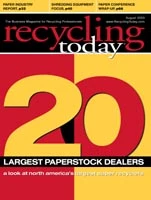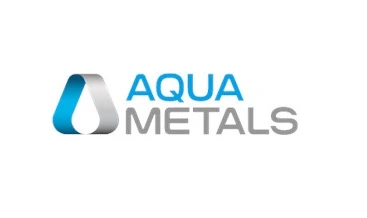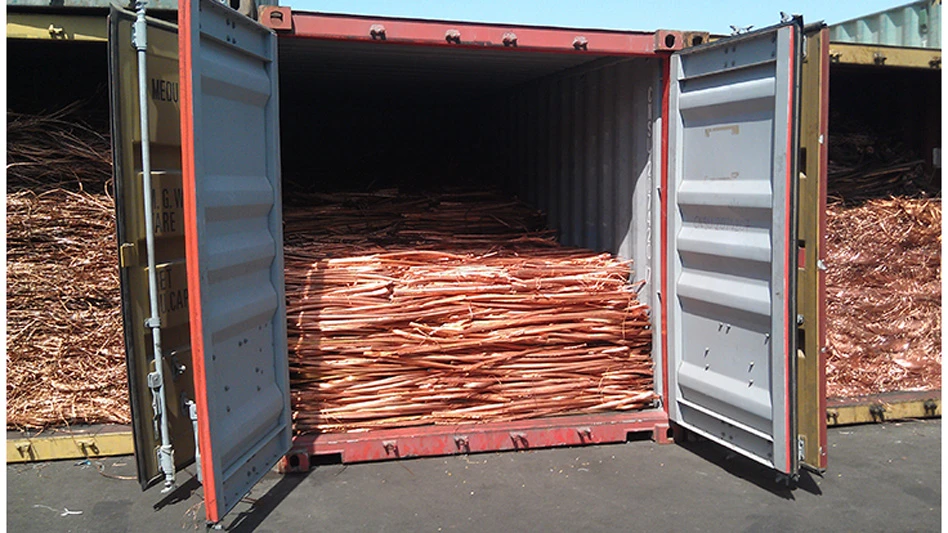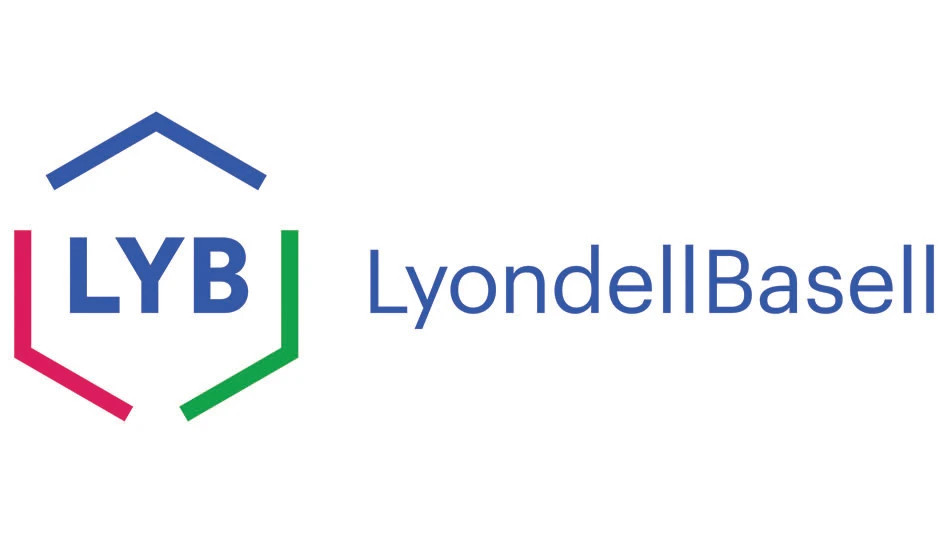There are causes for concern in the North American paper and paper recycling industries, but opportunities still exist in the market.
A variety of factors affect the supply, demand and pricing of recovered fiber, including the economies of the United States, China and other leading paper-making nations.
The flow of recovered paper to China is growing as a leading factor influencing not only pricing, but also the collection and processing techniques employed by paper recyclers in North America.
DISAPPEARING DESTINATIONS. Some of the causes for concern are clear. Since 1997, paper mills in the U.S. have been shutting down at an unprecedented rate.
Each year from 1991 to 1996, between two to five paper mills shut down in the U.S. Then, in 1997, there was a dramatic jump as 12 mills were shuttered, and every year but once since then, paper mills in the U.S. have been closing at a double-digit clip.
The North American paper industry is neither swimming in profits nor growing to include additional mill facilities.
The U.S. paper industry will lose 6.5 million tons of annual capacity in the 2000 to 2003 time period, partly as the result of the 56 paper mills have shut down in the past three years.
In some cases, capacity has been shifted and consolidated within other, still operating mills within the same company. As paper companies have merged and consolidated operations, they have shut down mills they considered to be inefficient in favor of boosting operating rates at their better assets.
During the same stretch where U.S. paper makers have idled that 6.5 million tons of annual capacity, the actual production of paper in the U.S. has remained relatively stable.
Some segments have clearly fared better than others. In the first half of 2003, it appears that domestic newsprint mills will enjoy their first increase in operating rates since 2000. The operating rate plunged from 98 percent in 2000 to as low as 89 percent in the second half of 2002. For sustained profitability, the North American newsprint sector needs to operate its mills at more than 95 percent of capacity.
During this same time period, Asian paper-making capacity has been surging upward. Paper-making capacity is projected to grow by an average of 3.7 percent each year from 2002 to 2005. Growth in paper- making capacity is most dramatic in China.
THE UPS AND DOWNS. Recovered fiber prices, measured by the benchmark old corrugated containers (OCC) grade, remain a volatile reflection of the domestic and international economies.
A line graph of OCC pricing for the past decade reveals the volatile nature of the commodity. Spikes and dips—sometimes sudden—lend an Alpine appearance to the chart.
Consuming mills, brokers and dealers have all cited the volatility as a major difficulty in doing business. Techniques such as price ceilings and floors and hedging have helped some market participants reduce their exposure to this volatility—but the volatility remains.
1995 remains the classic case of extreme volatility in the market, while the year 2000 slide was also noteworthy.
Our forecast for OCC calls for the grade to rise again, reaching $120 per ton sometime between now and 2005. It is quite likely, in fact, that we’ll have another Mt. Everest on the graph, with prices hitting $150 per ton at their peak.
OPEN WATERS. With domestic mill capacity in a holding pattern, the factors spurring a pricing escalation will either come from overseas demand or because of a lack of supply.
Export demand will certainly be a factor. In 1998, slightly more than 9 million metric tons of recovered fiber was shipped from the U.S. to export destinations. Last year, that number reached 11.5 million metric tons, and by 2006 the figure could climb to 16.2 million metric tons.
There are several emerging economies using recovered fiber from North America and Europe to help supply their new paper-making capacity, but clearly China’s economy is the major force.
Chinese destinations now absorb 34 percent of U.S. recovered fiber exports. Five years ago this figure was 15 percent. China’s demand now places it number one—above Canada and Mexico—as the largest importer of U.S. recovered paper.
In 2002, China imported 3.3 million metric tons of scrap paper from the U.S. Mills their have shown a preference for mixed paper, which is now imported from the U.S. at twice the rate of OCC.
The growth has by no means reached its plateau, as more paper machines are scheduled to come online in the approaching financial quarters. These additional machines will continue to be fed in part by recovered fiber generated in the U.S.
It is safe to say that Chinese mill buying has now driven the U.S. market for several years, and there is little to indicate that this influence will wane.
PAPER CHASE. With the demand side showing a ready market, can U.S. suppliers respond with the needed fiber? There are some reasons for concern.
Recovery rates for OCC and old newspapers (ONP) are already at more than 70 percent in the U.S. Growth beyond this point would seem to be a challenge. For these two grades in particular, after a decade of strong growth, recovery of additional supply has stalled.
Overall fiber recovery from curbside and other residential recycling programs enjoyed large-scale growth from 1990 to 1996, moving from a roughly 8 percent residential diversion rate in 1990 to about 27 percent in 1996.
Since that time, the growth rate has slowed considerably, edging up toward 32 percent in the five-year span from 1997 to 2001.
The mixed paper supply picture is different. Less than 30 percent of this grade is estimated to be recovered currently. But there are now more mixed collection schemes emerging, in curbside programs in particular.
As noted earlier, Chinese mill buyers have a consistent appetite for this grade, which they are purchasing at double the amount of OCC.
Not long ago, mixed paper made up 20 percent of scrap paper purchased by Chinese mills. As of the first quarter of 2003, mixed paper made up a stunning 60 percent of overall purchases.
Single-stream residential collection programs, in particular, are targeting the mixed grade for additional recovery. While this is leading to greater tonnage collected, it has also triggered quality concerns.
The truly mixed nature of this grade—and its mingling into other grades at the same plants—has led to additional complaints of contaminants as well as a decrease in average fiber length.
Even with these shortcomings, recovered fiber supplies from the U.S. remain among the world’s best, and mill buyers from other nations still consider the U.S. as one of the highest quality recovered fiber supplier in the world.
The author is president of an international consulting firm providing strategic services to the paper and paper recycling industries. He can be contacted through the company’s e-mail address at MARecycle@aol.com.

Explore the August 2003 Issue
Check out more from this issue and find your next story to read.
Latest from Recycling Today
- APR, RecyClass release partnership progress report
- Clearpoint Recycling, Enviroo sign PET supply contract
- Invista expanding ISCC Plus certification program
- Redwood partnership targets recycling of medium-format batteries
- Enfinite forms Hazardous & Specialty Waste Management Council
- Combined DRS, EPR legislation introduced in Rhode Island
- Eureka Recycling starts up newly upgraded MRF
- Reconomy Close the Gap campaign highlights need for circularity





